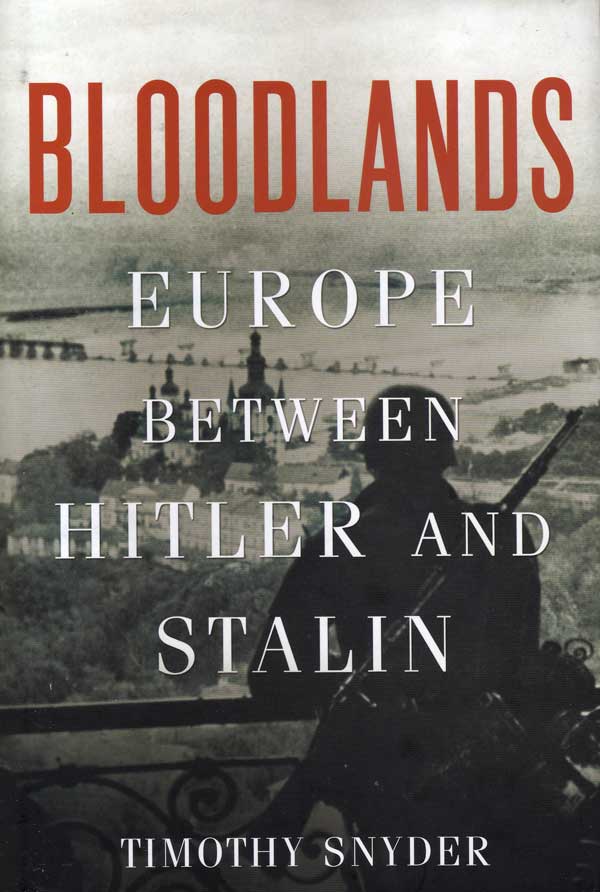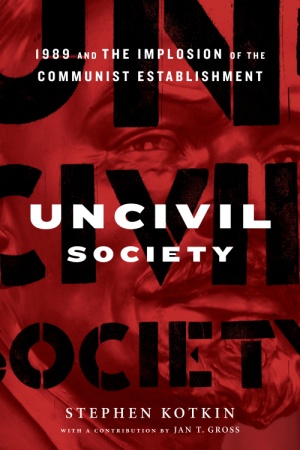The Iron Heel
by
Jack London
Foreword
It cannot be said that the Everhard Manuscript is an important historical document. To the historian it bristles with errors—not errors of fact, but errors of interpretation. Looking back across the seven centuries that have lapsed since Avis Everhard completed her manuscript, events, and the bearings of events, that were confused and veiled to her, are clear to us. She lacked perspective. She was too close to the events she writes about. Nay, she was merged in the events she has described.
Nevertheless, as a personal document, the Everhard Manuscript is of inestimable value. But here again enter error of perspective, and vitiation due to the bias of love. Yet we smile, indeed, and forgive Avis Everhard for the heroic lines upon which she modelled her husband. We know to-day that he was not so colossal, and that he loomed among the events of his times less largely than the Manuscript would lead us to believe.
We know that Ernest Everhard was an exceptionally strong man, but not so exceptional as his wife thought him to be. He was, after all, but one of a large number of heroes who, throughout the world, devoted their lives to the Revolution; though it must be conceded that he did unusual work, especially in his elaboration and interpretation of working-class philosophy. “Proletarian science” and “proletarian philosophy” were his phrases for it, and therein he shows the provincialism of his mind—a defect, however, that was due to the times and that none in that day could escape.
But to return to the Manuscript. Especially valuable is it in communicating to us the FEEL of those terrible times. Nowhere do we find more vividly portrayed the psychology of the persons that lived in that turbulent period embraced between the years 1912 and 1932—their mistakes and ignorance, their doubts and fears and misapprehensions, their ethical delusions, their violent passions, their inconceivable sordidness and selfishness. These are the things that are so hard for us of this enlightened age to understand. History tells us that these things were, and biology and psychology tell us why they were; but history and biology and psychology do not make these things alive. We accept them as facts, but we are left without sympathetic comprehension of them.
This sympathy comes to us, however, as we peruse the Everhard Manuscript. We enter into the minds of the actors in that long-ago world-drama, and for the time being their mental processes are our mental processes. Not alone do we understand Avis Everhard’s love for her hero-husband, but we feel, as he felt, in those first days, the vague and terrible loom of the Oligarchy. The Iron Heel (well named) we feel descending upon and crushing mankind.
And in passing we note that that historic phrase, the Iron Heel, originated in Ernest Everhard’s mind. This, we may say, is the one moot question that this new-found document clears up. Previous to this, the earliest-known use of the phrase occurred in the pamphlet, “Ye Slaves,” written by George Milford and published in December, 1912. This George Milford was an obscure agitator about whom nothing is known, save the one additional bit of information gained from the Manuscript, which mentions that he was shot in the Chicago Commune. Evidently he had heard Ernest Everhard make use of the phrase in some public speech, most probably when he was running for Congress in the fall of 1912. From the Manuscript we learn that Everhard used the phrase at a private dinner in the spring of 1912. This is, without discussion, the earliest-known occasion on which the Oligarchy was so designated.
The rise of the Oligarchy will always remain a cause of secret wonder to the historian and the philosopher. Other great historical events have their place in social evolution. They were inevitable. Their coming could have been predicted with the same certitude that astronomers to-day predict the outcome of the movements of stars. Without these other great historical events, social evolution could not have proceeded. Primitive communism, chattel slavery, serf slavery, and wage slavery were necessary stepping-stones in the evolution of society. But it were ridiculous to assert that the Iron Heel was a necessary stepping-stone. Rather, to-day, is it adjudged a step aside, or a step backward, to the social tyrannies that made the early world a hell, but that were as necessary as the Iron Heel was unnecessary.
Black as Feudalism was, yet the coming of it was inevitable. What else than Feudalism could have followed upon the breakdown of that great centralized governmental machine known as the Roman Empire? Not so, however, with the Iron Heel. In the orderly procedure of social evolution there was no place for it. It was not necessary, and it was not inevitable. It must always remain the great curiosity of history—a whim, a fantasy, an apparition, a thing unexpected and undreamed; and it should serve as a warning to those rash political theorists of to-day who speak with certitude of social processes.
Capitalism was adjudged by the sociologists of the time to be the culmination of bourgeois rule, the ripened fruit of the bourgeois revolution. And we of to-day can but applaud that judgment. Following upon Capitalism, it was held, even by such intellectual and antagonistic giants as Herbert Spencer, that Socialism would come. Out of the decay of self-seeking capitalism, it was held, would arise that flower of the ages, the Brotherhood of Man. Instead of which, appalling alike to us who look back and to those that lived at the time, capitalism, rotten-ripe, sent forth that monstrous offshoot, the Oligarchy.
Too late did the socialist movement of the early twentieth century divine the coming of the Oligarchy. Even as it was divined, the Oligarchy was there—a fact established in blood, a stupendous and awful reality. Nor even then, as the Everhard Manuscript well shows, was any permanence attributed to the Iron Heel. Its overthrow was a matter of a few short years, was the judgment of the revolutionists. It is true, they realized that the Peasant Revolt was unplanned, and that the First Revolt was premature; but they little realized that the Second Revolt, planned and mature, was doomed to equal futility and more terrible punishment.
It is apparent that Avis Everhard completed the Manuscript during the last days of preparation for the Second Revolt; hence the fact that there is no mention of the disastrous outcome of the Second Revolt. It is quite clear that she intended the Manuscript for immediate publication, as soon as the Iron Heel was overthrown, so that her husband, so recently dead, should receive full credit for all that he had ventured and accomplished. Then came the frightful crushing of the Second Revolt, and it is probable that in the moment of danger, ere she fled or was captured by the Mercenaries, she hid the Manuscript in the hollow oak at Wake Robin Lodge.
Of Avis Everhard there is no further record. Undoubtedly she was executed by the Mercenaries; and, as is well known, no record of such executions was kept by the Iron Heel. But little did she realize, even then, as she hid the Manuscript and prepared to flee, how terrible had been the breakdown of the Second Revolt. Little did she realize that the tortuous and distorted evolution of the next three centuries would compel a Third Revolt and a Fourth Revolt, and many Revolts, all drowned in seas of blood, ere the world-movement of labor should come into its own. And little did she dream that for seven long centuries the tribute of her love to Ernest Everhard would repose undisturbed in the heart of the ancient oak of Wake Robin Lodge.
ANTHONY MEREDITH
Ardis,
November 27, 419 B.O.M.




 Stephen Kotkin’s Uncivil Society earned
Stephen Kotkin’s Uncivil Society earned